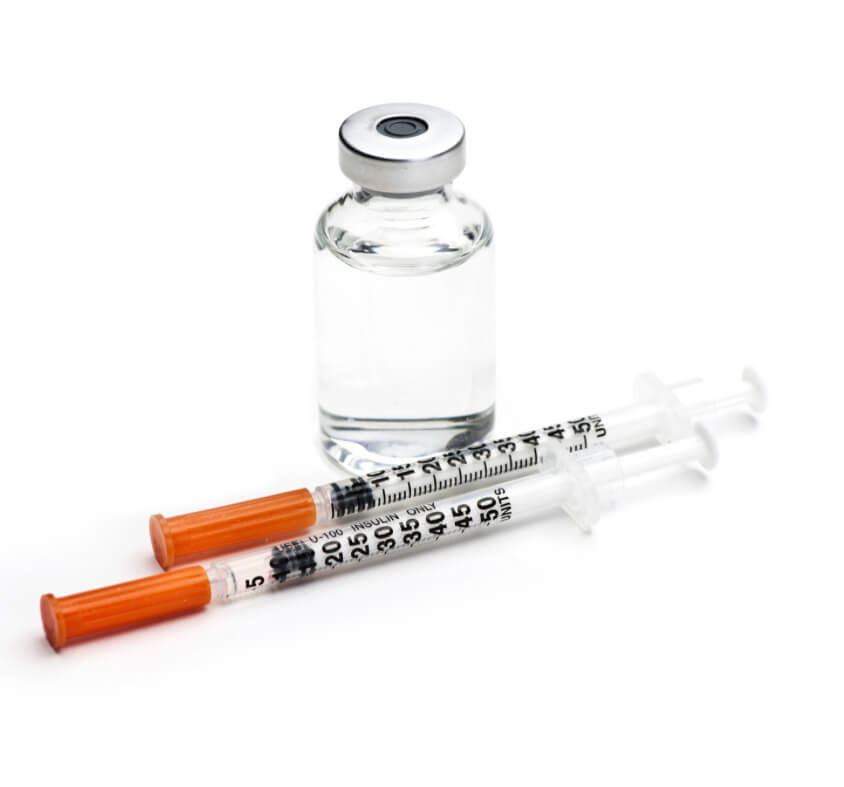This medication is currently available for delivery to the following States:
- Alaska
- Florida
- Georgia
- Hawaii
- Idaho
- Indiana
- Iowa
- Kansas
- Michigan
- Minnesota
- New Jersey
- New Mexico
- New York
- North Carolina
- North Dakota
- Ohio
- Oklahoma
- Texas
- Utah
- Virginia
- West Virginia
Brand-name Ozempic (semaglutide) is available from IsraelPharm. We can also supply a compounded version of semaglutide or the alternative (tirzepatide). Both require a healthcare provider’s prescription.
Click here to learn more about compounded medications.
Semaglutide is the generic drug delivered in
Ozempic (injectable) and
Rybelsus (oral) diabetes control medications, and Wegovy (injectable) weight loss medication. Compounded semaglutide is made up individually for a patient in our pharmaceutical laboratories.
Semaglutide is a glucagon-like peptide 1 (GLP-1) receptor agonist. GLP-1 is a hormone produced in the gut. It is released in response to food, prompting the release of insulin as well as a reduction in appetite.
In the case of people with type 2 diabetes, it acts to slow digestion and so stimulates increased production of natural insulin. Semaglutide does not provide insulin from external sources (injection or oral insulin).
For people who have been classified as overweight (with BMI between 27 and 30 plus associated medical conditions) or obese (with BMI greater than 30), semaglutide may be prescribed off-label as a weight-loss treatment along with appropriate diet controls and exercise.
Read more about off-label prescribing here.
Dosage and Administration
The prescribing doctor will set the initial dosage and a program for further increases if the results indicate that higher doses are needed. It
should be injected subcutaneously once each week on the same weekday at about the same time of the day. Do not use the same site for each injection but administer in rotation weekly in the abdomen, thigh, or upper arm.
Some common side effects of semaglutide are diarrhea, nausea, vomiting, constipation, indigestion, and abdominal pain. If these persist or worsen, talk to a healthcare provider or pharmacist.
Warnings
In animal studies, it has been found that GLP-1RAs and similar drugs may cause thyroid tumors, including thyroid cancer. If there are any symptoms like a lump or swelling in the neck, hoarseness, trouble swallowing, or shortness of breath, these may be symptoms of thyroid cancer.
People who have any personal or family history of medullary thyroid carcinoma (MTC), or who have the endocrine system condition called Multiple Endocrine Neoplasia syndrome type 2 (MEN 2) should not be taking semaglutide.
Less frequently, semaglutide may cause serious side effects, including:
- Pancreatitis (inflammation of the pancreas). The symptoms are severe and persistent pain in the stomach area possibly along with vomiting. The pain may spread from the abdomen to the back. If these symptoms are felt, stop using semaglutide and visit a healthcare facility right away.
- Low blood sugar (hypoglycemia) is possible if semaglutide is being used along with other medicines that reduce blood sugar levels (such as sulfonylurea or insulin.) Symptoms of low blood sugar can include dizziness or light-headedness; sweating; confusion or drowsiness; headache; blurred vision; slurred speech; shakiness; accelerated heartbeat; anxiety, irritability or mood changes; hunger; weakness; or jitters. If these occur, go to an emergency healthcare facility immediately and tell them what medications you have taken.
- Semaglutide can cause an allergic reaction. Symptoms include swelling of the face, lips, tongue or throat; problems breathing or swallowing; severe rash or itching;, fainting or feeling dizzy; or very rapid heartbeat. Get medical help right away if any of these appear.
- Some gallbladder problems have occurred. Report to the healthcare provider right away if there are symptoms of gallbladder problems, such as pain in the upper abdomen; fever; yellowing of skin or eyes; or clay-colored stools.
Semaglutide can be prescribed to treat adults with type 2 diabetes. It is not suitable for type 1 diabetes and has not yet been approved for children under the age of 16.
The drug is prescribed to control blood sugar levels but is not a cure for diabetes. Benefits may only begin to show after the first month. Do not stop taking semaglutide without talking to a doctor.
Treatment with GLP-1RAs produces significant reductions in the key blood sugar level measurement, the hemoglobin A1c test, which measures average blood sugar levels over three months. In trials, patients receiving semaglutide reached an HbA1c lower than 7 percent when the average starting reading ranged between 7.9% and 8.6%. Diabetes is diagnosed when HbA1c reaches 6.5 % or above.
Semaglutide is not approved for weight loss but is available off-label when prescribed by a healthcare provider.












